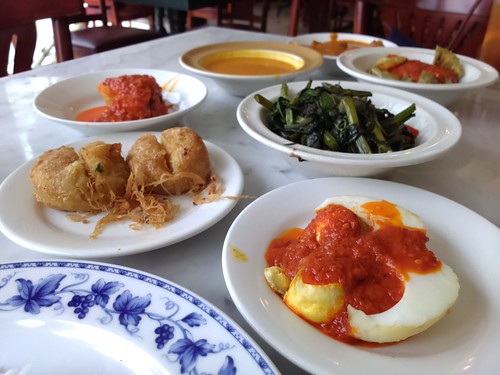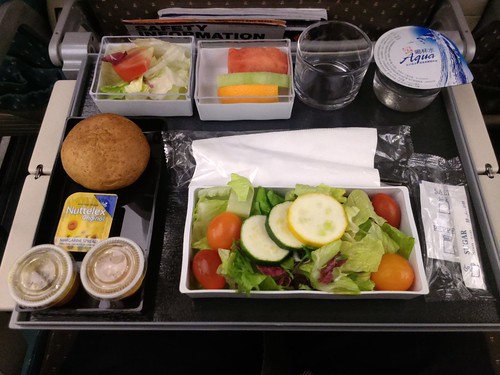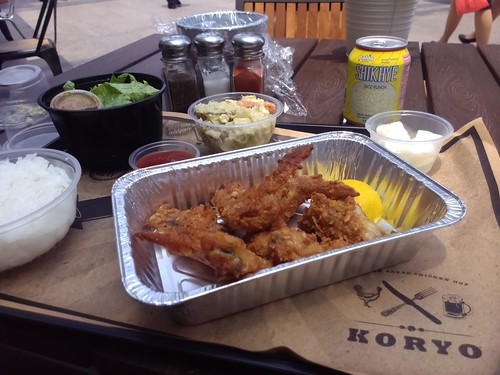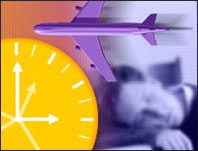
Conna Castle stands on a height that looms over the valley of the River Bride, a tributary of the Blackwater in Co. Cork. The Castle is a classic Irish Towerhouse, built around 1500 AD. After the rise in hostility between the Gaelic Irish and Anglo–Norman settlers in the fourteenth century, tower-houses became a common sight across Ireland, particularly within The Pale, the Anglo-controlled territory along the eastern coast. The English Crown had offered a subsidy of £10 to wealthy inhabitants of The Pale to build 'small towers to fortify their lands'.
The tower-house was usually surrounded by a bawn wall. This was often a large stone wall that served as the first line of defence. However there are very little remains of Conna's bawn wall as with most tower-houses the bawn wall is often removed, with its stone being recycled into other buildings over the centuries after the site is abandoned.
Tower-houses were not solely used by the Anglo-Norman settlers, the Gaelic Irish began to construct their own from the early fifteenth century, calling them caislén or caistél. Conna Castle was built by the Fitzgeralds, Earls of Desmond, an Anglo-Norman family who had become increasingly assimilated into the Gaelic Irish culture. They resisted the Reformation during the reign of Elizabeth Ist and broke out into open rebellion in 1569. They failed, and the rebellion was ruthlessly crushed. Their lands (including Conna) were seized by the Crown, even though the owner of the castle at the time Thomas Ruadh Fitzgerald had no part in the rebellion.
 |
| View from the base of Conna Castle over the River Bride |
They were given to the famous English explorer, Walter Raleigh, who was granted 12,000 acres in Munster and made the nearby Lismore Castle into an elegant home. Thomas Ruadh went to London to try to press his rights as the legal heir to all of the Fitzgerald estates, but he was sent home empty handed, given only a nickname – Sugán Earl – The Straw Earl.

When Hugh O'Neill launched his rebellion in Ulster in 1598, and achieved a great victory over the English at the Battle of the Yellow Ford, The Sugán Earl was emboldened, and launched his own rebellion. Supported by 4,000 troops sent by O'Neill, The Sugán Earl led a campaign to burn out the English settlers across Munster, however in 1601 he was betrayed by his kinsman, The White Knight. The Sugán Earl was taken to the Tower of London, where he became insane and died. Conna was then given to the Earl of Cork, Richard Boyle. In 1645 it was captured by Lord Castlehaven, and in 1650 Conna managed to hold off a ferocious attack by Oliver Cromwell, however it was burned in 1653 in a fire that killed three of the stewards daughters.
Conna Castle passed from owner to owner until it came into the hands of the L'Estrange Family in the mid-nineteenth century, it was willed to the state in 1915. Conna Castle is easy to find as you can see it from miles away! It's located in the village of Conna between Fermoy and Tallow in Co. Cork. Park on the street and then access the site through the gate following the well made paths up the hill.
I hope you enjoy this blog, we're trying to cover as many sites as we can across Ireland. If anyone has any suggestions about sites you'd like us to cover please do leave us a comment. If you enjoy information and images of Irish heritage sites then do follow us on
Facebook,
Twitter and
Google+If you'd like to support us then please consider downloading an audioguide to one of Ireland's wonderful heritage sites. They are packed with original music and sound effects and are a great way of experiencing the story of Ireland. They only cost €1.99 and are fun whether you are at the site, or listening from the comfort of your own home. Our latest guide is to Viking and Medieval Dublin, visit us at
www.abartaaudioguides.com for free previews.
All photographs © Neil Jackman / abartaaudioguides.com



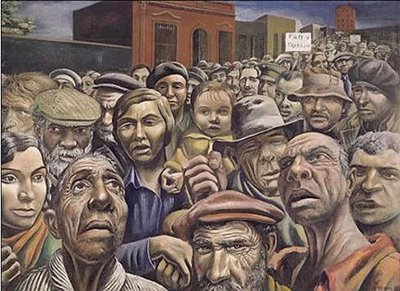





.jpg)
.jpg)









